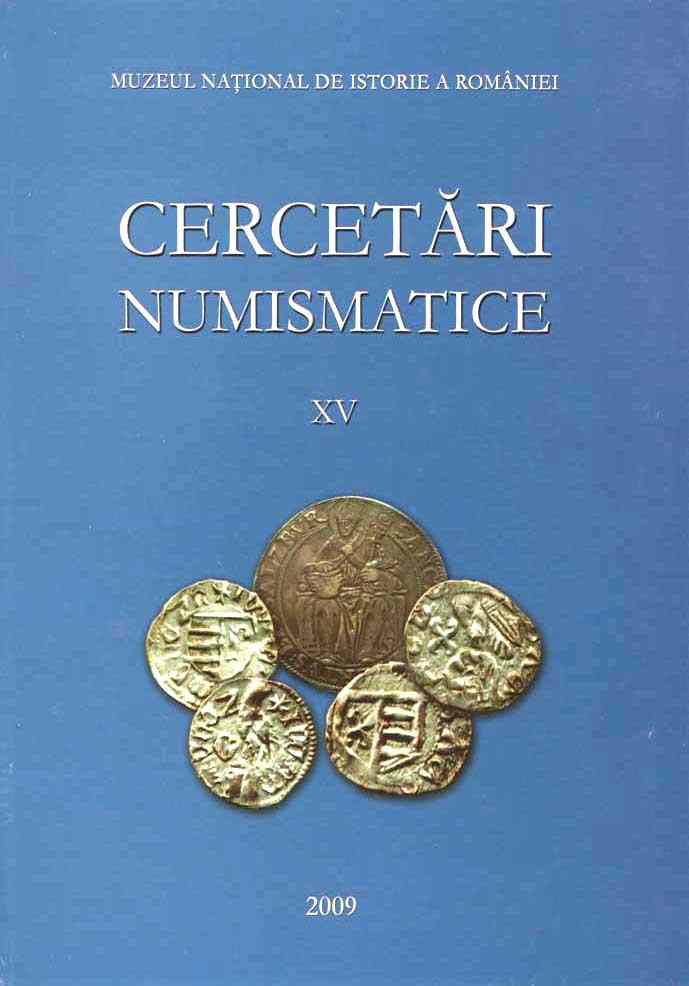
Polish research into medieval and modern coin metal. Analytical remarks.
| Authors |
|
| Section |
|
| Language | română |
| Key Words |
|
| Abstract | 1. The physics and chemical methods, which are proposed in the literature (Denker and alii 2005 65-70; Trampuž Orel and Drglin 2005 44-50), are not proper for our coin investigation. Because of a great heterogeneity of analyzed samples (seen also in macroscopic scale) the methods with visual preview and possibility of choosing an analysis area are more adequate. The place should be independent from changes on the surface connected with corrosion, exploitation, deposition and conservation processes made on historical objects. 2. The very sensitive and precise ICP-OES method is the least proper for coin analysis, because of the eventuality of destruction of the coin during sampling. Comparing the results of coin no.6 analysis both by invasive technique (ICP-OES) and non-destructive, we can show the similar results in silver and copper composition. However, tin identification was impossible by ICP, probably the sample was too small or the analyzed solution was to dilute and the Sn concentration was to low (below the determination level). All these remarks focus on coins with clean surface that come from a museum or other collections. However archeological coins from excavations are another group of artifacts. Proper cleaning of surface and the effects of previous conservation work are the big challenges. Such information is extremely important when the analyst doesn’t have the basic principles of conservation or restoration and doesn’t take in during analytical procedures. Cleaning and disposing of corrosion and impurities often change both a surface and a core (damage coins). One of such effects is silver surface enrichment (Beck et alii, 2004 153-162). Other results are connected with chemicals, which are used during conservation processes. Those substances could radically change the chemical composition. Improper (wrong) chemicals (e.g. strong mineral acids of Coca-Cola) could dissolve not only impurities (soil or corrosion products) but can leach non-noble metals (side elements presented in coin alloy). Hot minerals acid could damage bronze coins, because they are able to leach even copper from a surface. The caustic soda (NaOH) solution is dangerous for lead artifacts (because of extraction of lead traces from coin alloys or complete dissolution of artifacts (e.g. weights). Conservation tools are the other group of problems. Mechanical cleaning is an important step, after which the state of preservation is determined and the proper procedures are chosen. During this step artifacts could be sometimes damaged or contaminated. The consequences of poor knowledge of material science (e.g. hardness) could be catastrophic for coin and the analysis. In practice many bad effects have been met, e.g. scratches after mechanical cleaning, gilding the silver coin surface by brass brushes application or enrichment artifacts by nickel and iron by steel tools. For this reasons in correct analytical investigations of artifacts (including coins) at least three researches should cooperate: the excavator (archeologist, numismatist, art historian) with the conservator and analyst (physicist, chemist). This cooperation leads to a better recognition of problems, allows to ask proper questions and could guarantee the success of the investigation. |
| Pages | 191-195 |
| Download | |
| Title of the Volume |


